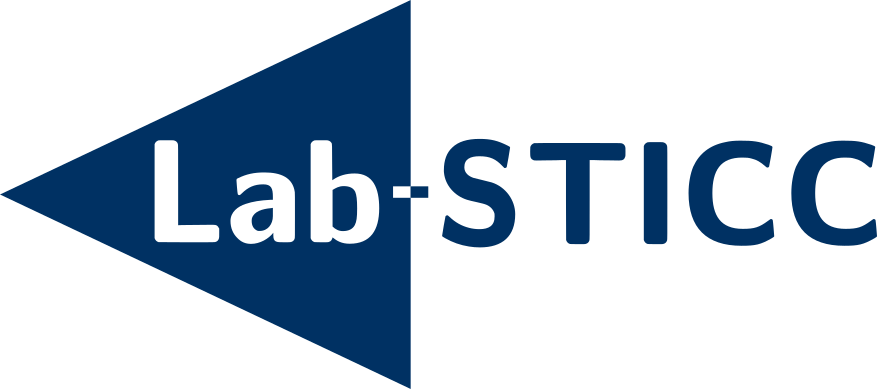All-in-one: Toward hybrid data collection and energy saving mechanism in sensing-based IoT applications
Résumé
Big data collection and storage have become one of the most obvious challenge in this era. Indeed, much of that data is collected thanky to a huge number of connected devices in sensing-based IoT applications. Thus, in order to deal with data growth in such applications, researchers have focused on data reduction approach as an efficient solution for minimizing the amount of data collection and saving the limited sensor energy in such networks. Mainly, data reduction approach relies on various kinds of data processing techniques such that aggregation, compression, prediction, clustering, sensing frequency adaptation and spatial-temporal correlation. However, each of those techniques has its own advantages and disadvantages regarding sensor energy saving, data reduction ratio, data accuracy, complexity, etc. In this paper, we propose a hybrid data collection and energy saving mechanism, called All-in-One, for sensing-based IoT applications. The proposed mechanism takes advantages from existing data reduction techniques while optimizing various performance metrics. All-in-One relies on the cluster network architecture and works on three main phases: on-period, in-period and in-node. The first phase, e.g. on-period, allows each sensor node to search the similarity among its periodic collected data then to reduce its data transmission to the Cluster-Head (CH) by applying either data aggregation, compression or prediction technique. The second phase, e.g. in-period, allows each sensor to study the variation of the monitored condition then to reduce its data collection according to two techniques, on-off transmission or adapting sensing frequency. The last phase, e.g. in-node, is applied at the CH level and aims to remove the redundancy among data collected by neighboring nodes, based on in-network correlation or data clustering techniques, before sending the data to the sink. We conducted simulations on real sensor data in order to evaluate the efficiency of our mechanism, in terms of several performance metrics, compared to other exiting techniques.
Origine : Fichiers produits par l'(les) auteur(s)

